Here is a cool bit of news this morning; Boeing is working with Embraer and the Inter-American Development Bank to study the production of renewable jet fuel made from Brazilian sugarcane. Even sweeter is that this jet fuel is produced by one of our customers, Amyris! According to Amyris CEO John Melo the goal here is to, “help us replace fossil fuels with a renewable jet fuel that surpasses both technical and sustainability criteria.” The study is being directed by ICONE, a non-profit Brazilian research organization, and the World Wildlife Fund is acting as an independent reviewer and advisor. Sounds like it's a dedicated coalition of minds working on
Monthly Archives: July 2011
- Thursday, July 28, 2011
- Wednesday, July 27, 2011
Do you feel like sample prep is taking up all your time? If you answered yes then you aren’t alone according to this recent survey from Lab Manager Magazine. The results of 245 lab professionals show that in chromatography about 80% of their time is spent on the process of sample preparation – from collection to data management. This survey found that filtration is the most common technique used to achieve sample preparation, with Solid Phase Extraction also ranking as a common method. Add these results together and it looks like quite a few of you are spending a lot of time with our products. So the question becomes, how can you improve your sample preparation process? When asked this question, 97% of respondents said they would look to lower costs, such as by using less solvent or using cheaper materials.
- Wednesday, July 20, 2011
The Silt Density Index is most frequently used to determine fouling potential prior to RO filtration. You can think of SDI as a bouncer, keeping the riff-raff out of the RO feed water. The higher the number, the greater the likelihood of fouling. The maximum SDI number allowed depends on the type of RO membrane being used; most manufacturers recommend a maximum SDI of 4 or 5. SDI is found by calculating the rate at which a membrane filter is plugged. ASTM standard D4189-07 defines that the nominal filter for this application is a white hydrophilic MCE membrane filter, with 0.45 ?m pore size and a 47 mm diameter. The reason this particular membrane is used is that it is more susceptible to plugging from colloidal material than from hard particles such as sand, therefore giving a better indication of the factors that might plug an RO membrane down the line. Other measures
- Monday, July 18, 2011
Of all the membrane disc filter accessories that we carry, the static eliminator probably gets the most technical questions. Whereas items like the cytoclear glass slides and stainless steel membrane filter tweezers are very straightforward in their purpose and operation, how a static eliminator works may not be as intuitive. Static eliminators are used on Polycarbonate
- Tuesday, July 12, 2011
As we’ve brought up before, the Google Science Fair has turned out some amazing projects from 13-18 year-olds all over the world, and today Google announced the very deserving winners from each age group. Taking home the top prize is Shree Bose of Fort Worth, Texas whose project seeks to improve the effectiveness of chemotherapy treatment for ovarian cancer (you know, typical kids’ stuff). The techniques she uses, such as flow cytometry, microscopy and western blotting, will no doubt be familiar to many of our visitors. Other winning projects covered the effects of environmental pollutants on asthma patients and methods
- Monday, July 11, 2011
This study from the ACS journal Applied Materials & Interfaces has been making headlinesrecently for introducing a new way to purify drinking water. Scientists from Rice University have created a new filter material, dubbed “super sand,” by coating regular sand with the nanomaterial graphite oxide. Their tests have shown that this super sand has the potential to be a cheap form of water filtration for developing areas.
The use of sand as a water filter isn’t anything new – it’s actually been done for around 6,000 years. However, by combining this old world technique with cutting edge nanotechnology scientists have made sand filtration at least 5 times more efficient. Their report indicates that the modified sand adsorbed 6 times the amount of liquid
- Friday, July 08, 2011
As you can see, the Sterlitech blog that we started last year has now been moved over to be a part of our main site. If this is your first visit, our blog is where you can find information on new and unique applications, answers to your inquiries, miscellaneous product info, company announcements, and the occasional piece of odd news from the vast universe of science. For returning visitors, we've brought over the archives from the old blog. If something you're looking for has been lost or broken in the transition, please let us know so we can fix it right away. You can use the blog search tool on the left to reference the previous posts, or select a category to browse a particular topic. The blog search tool is for the blog only, so to search content on our main site you'll want to continue to use the search bar on the top of the page. We welcome (non-offensive, please) comments so feel free to leave them on any of our posts to tell us all what you think. And now that we got that


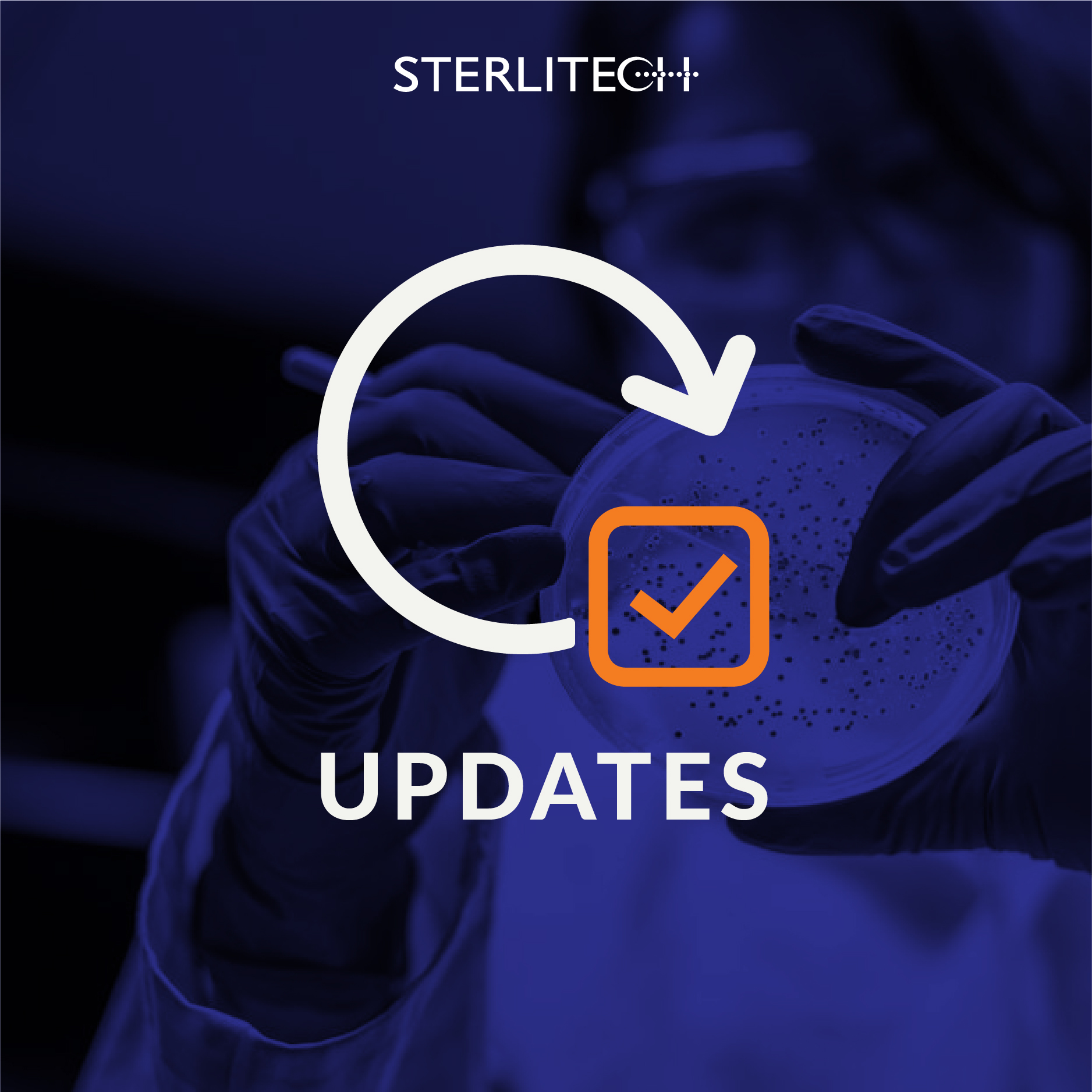
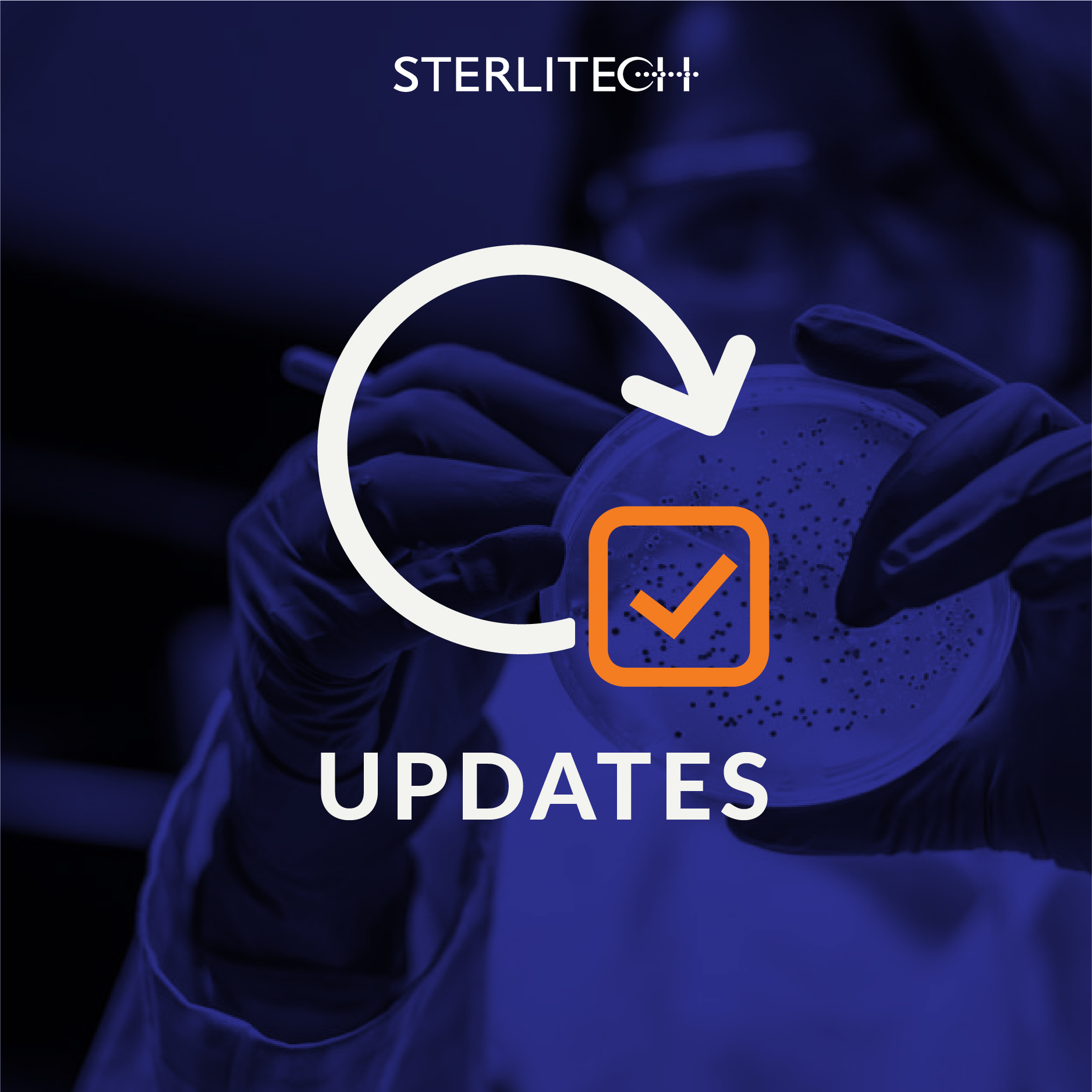
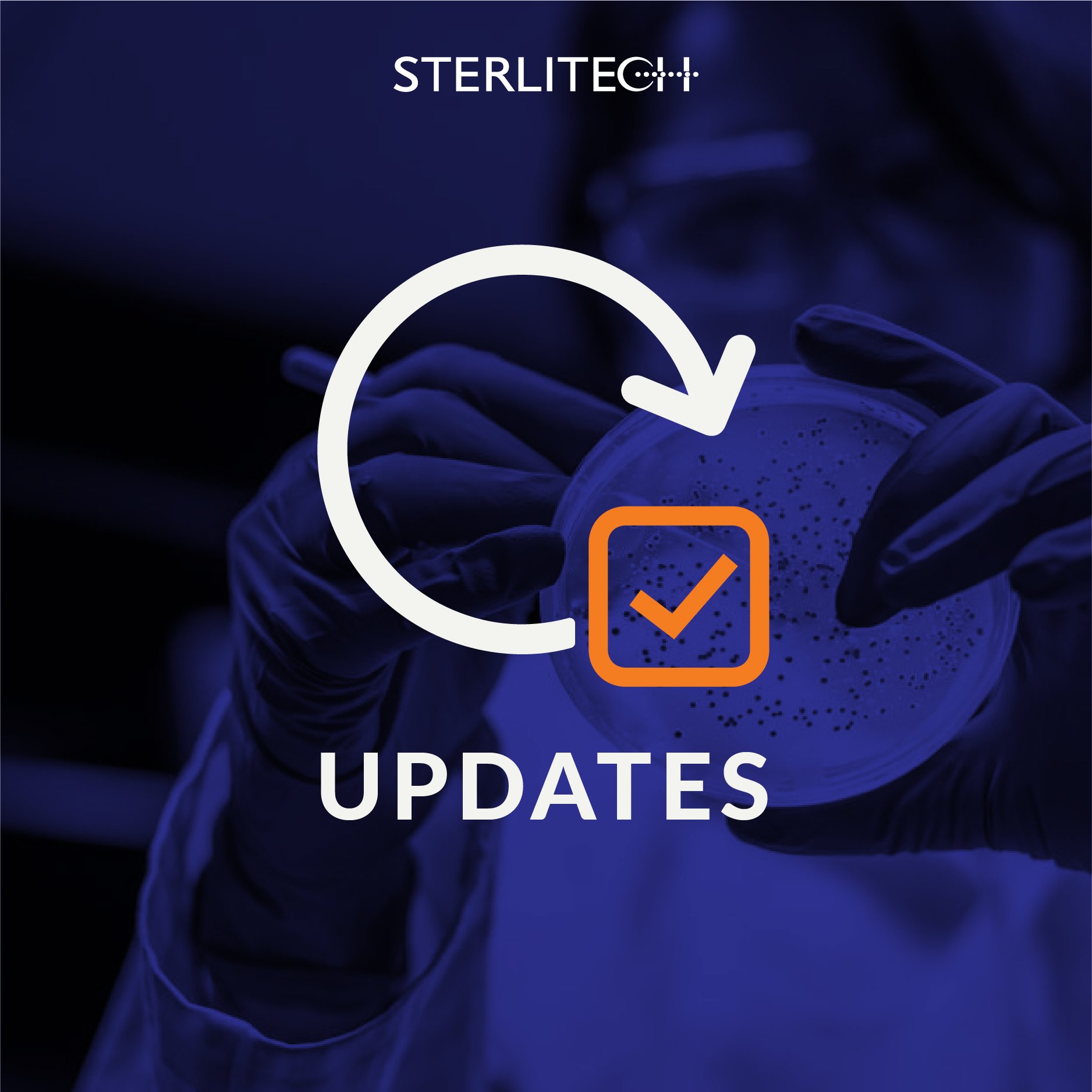
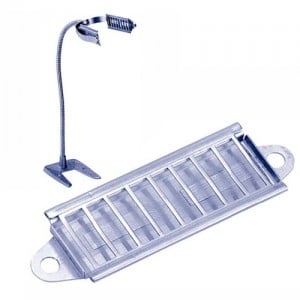
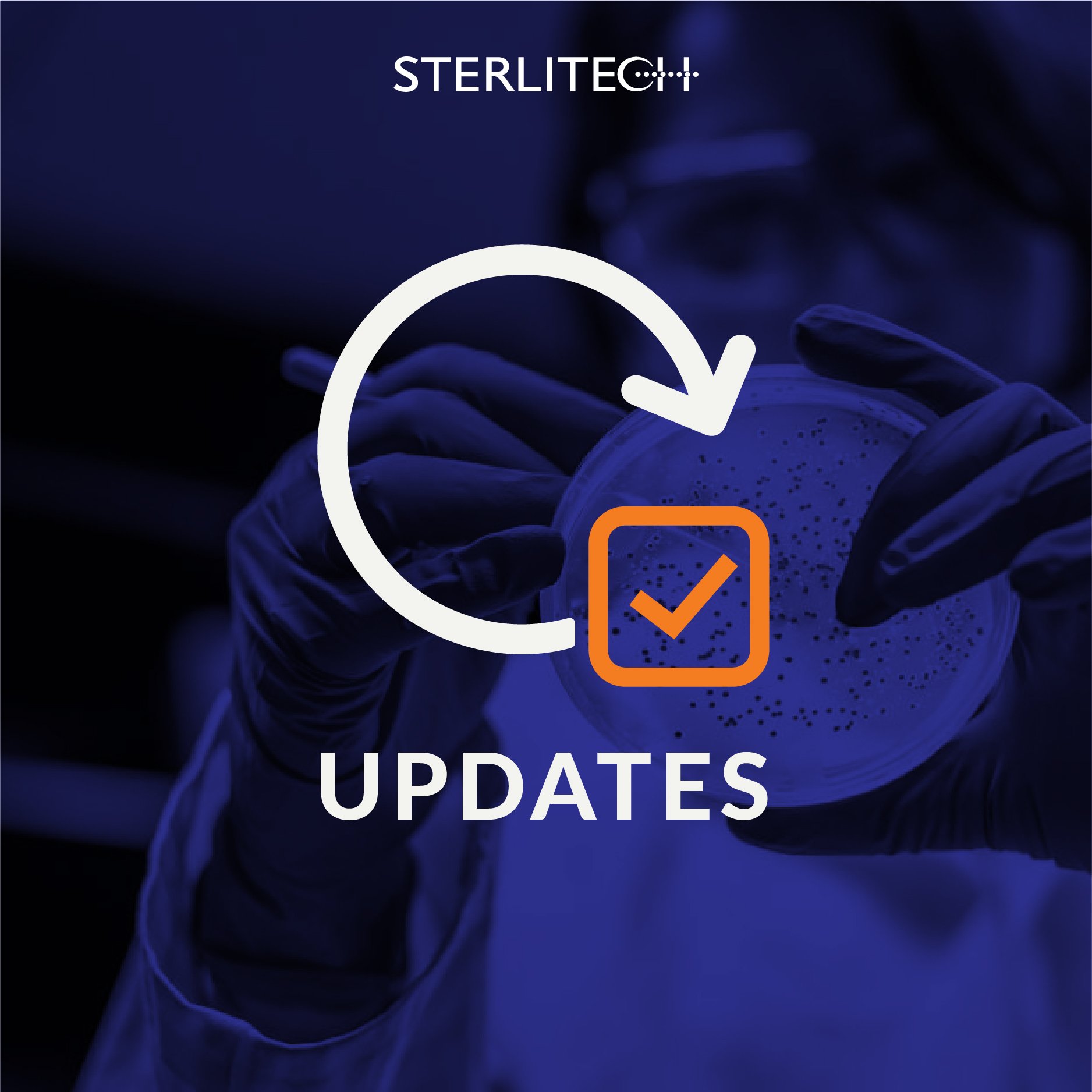
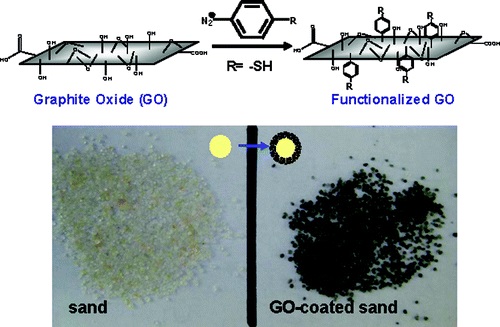
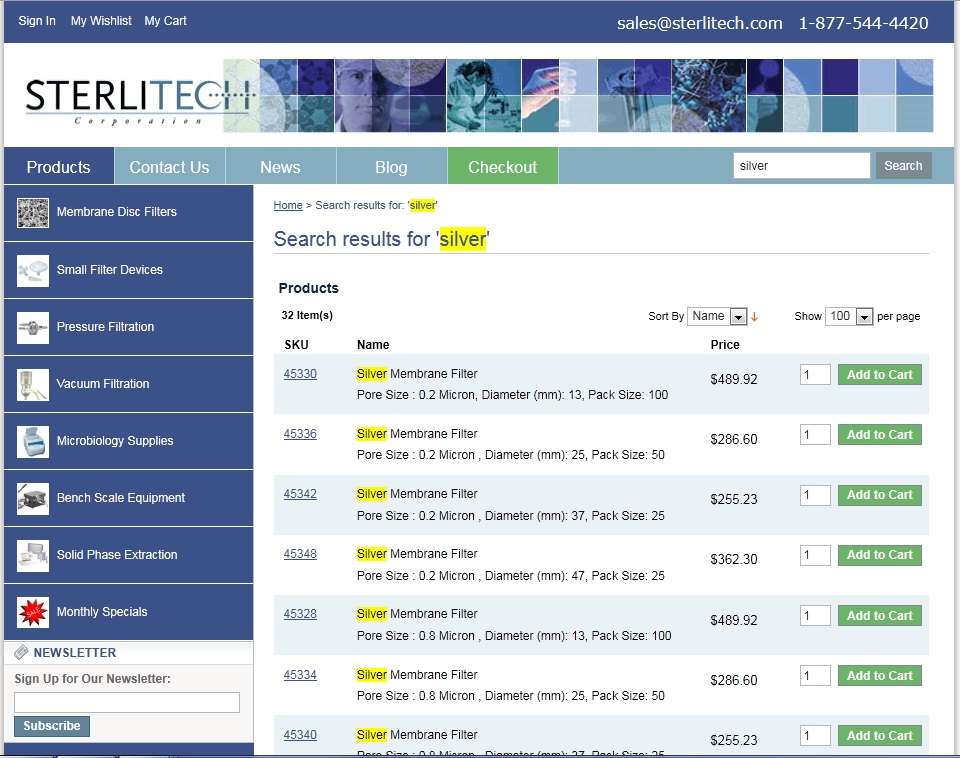
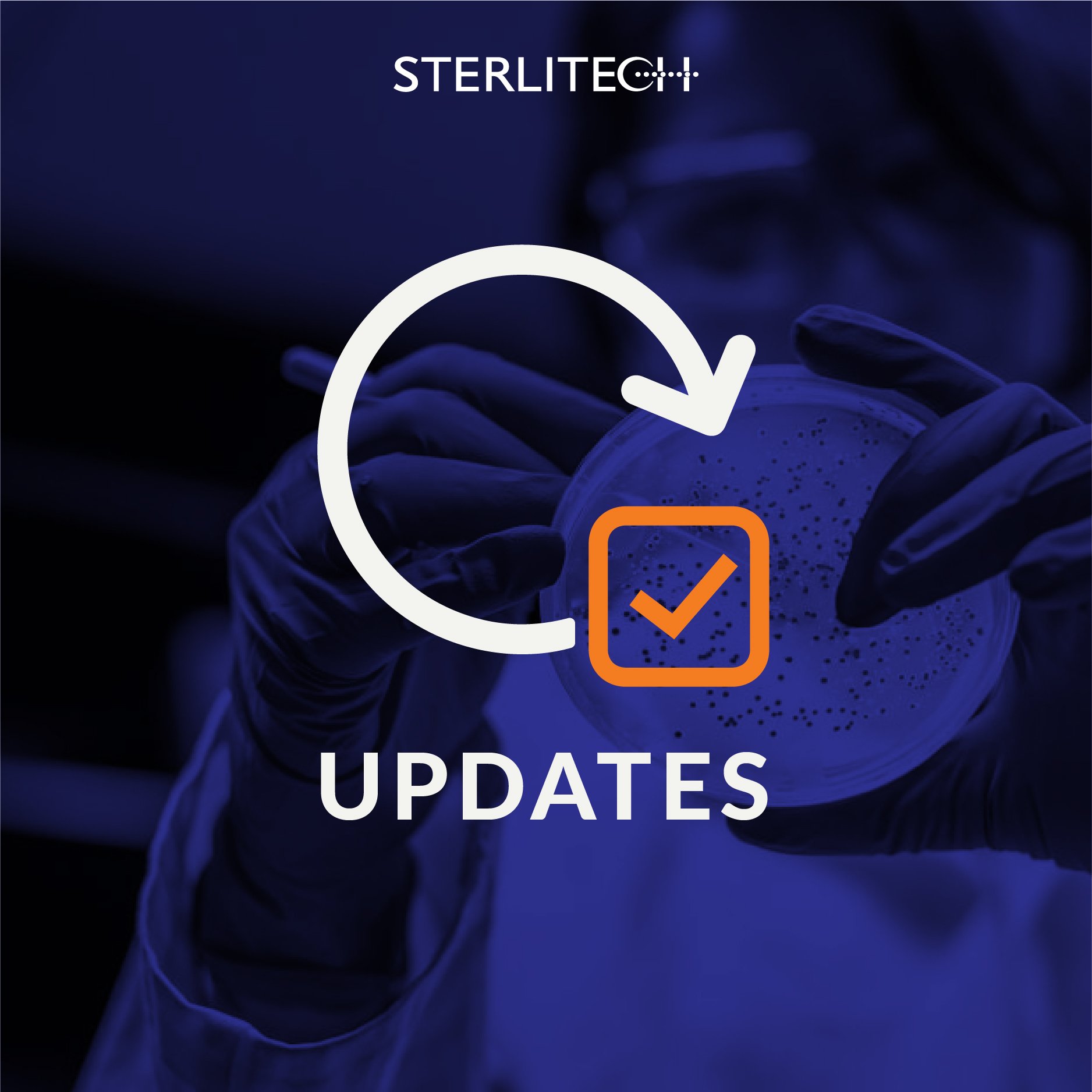
![Join Sterlitech at BIO 2024 [Booth #5558]: Exploring the Future of Biotechnology](https://www.sterlitech.com/media/magefan_blog/b4.jpeg)

